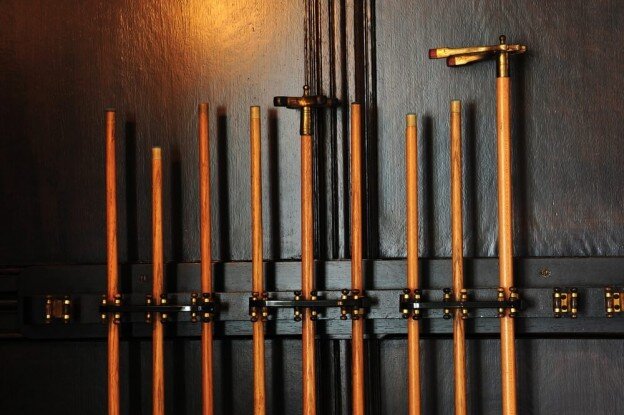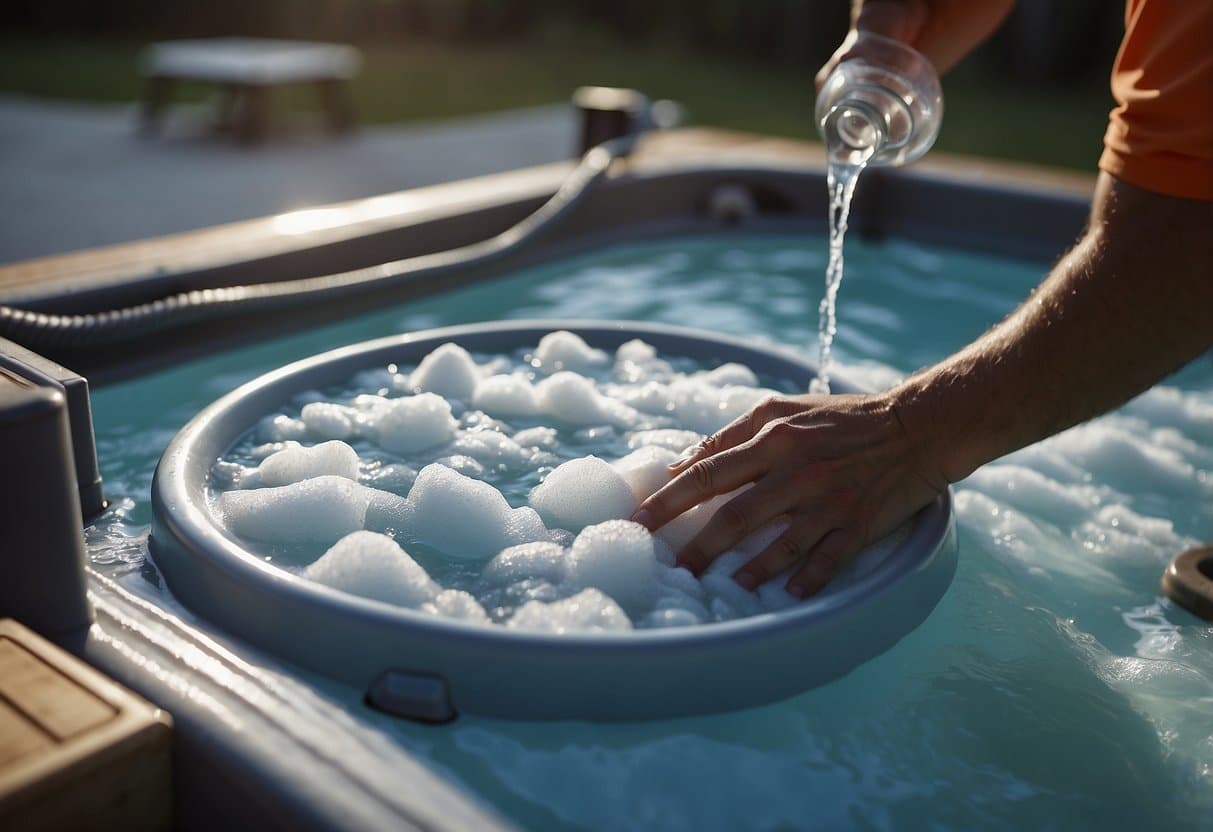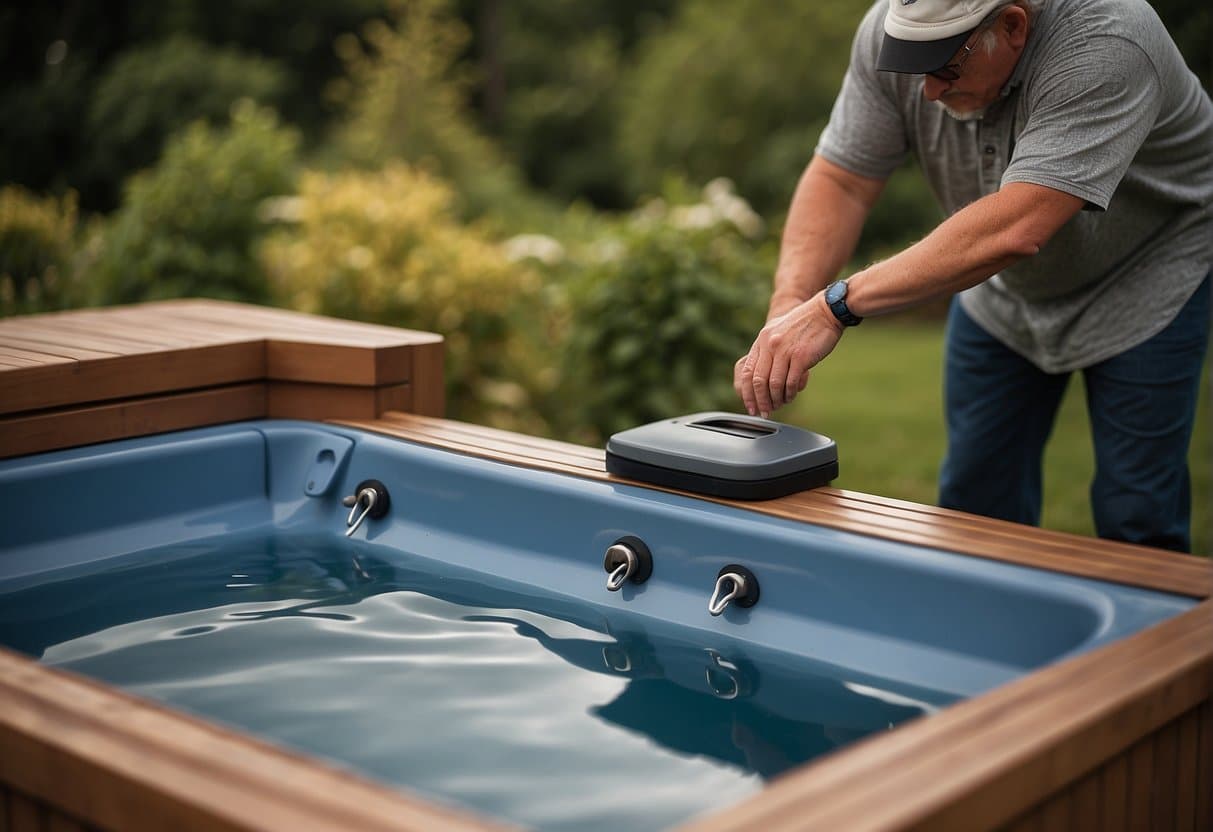Pool cues come in various sizes and materials, making it difficult to settle upon just one for causal gameplay. But only a few factors differentiate one cue’s handling over another. The length and weight variants affect playability most, but density and grip also play a role
Ornate cues typically do not add much benefit apart from boosting your confidence as a player. A nicer cue may make you feel better, but this is a psychological advantage above all else. If you’d like to personalize your cue without spending a fortune on exotic woods or elaborate patterns, you can customize the grip more affordably. Doing so will fine-tune the cue’s comfortability and accuracy.
Typically, grips come in rubber, linen or leather. The sensation of each feels unique. Linen is slippery whereas leather sticky. Unfortunately, rubber can sometimes feel cheap. When cue shopping, consider things like sweat absorption, traction and durability.
Cue Length and Straightness
The standard length of a one-piece cue is 57 inches. Conversely, two-piece cues start at 58 inches, with the butt and shaft an equal 29 inches. Always measure the length of your cue in relation to the span of your arms. Taller players should look for cues north of 57 inches whereas as youths and shorter players should go south of this number.
Most billiards shops sell cues between 48 and 61 inches. The lower end of this range may suit tall players, too, who need to navigate tight corners. Likewise, some small cues come with extensions for long range shots.
Regardless the length, the pool cue you select needs to be straight. Manufacturers try to produce consistent cues, but some get warped or damaged during shipment. Thus, it’s up to you to test the shaft’s trueness. If you roll the tip along a flat surface while looking down from its butt end, you’ll be able to detect warps and waves easily.
Cue Weight
Most players start with cues around 19 or 20 ounces. However, you can find cues from 18 to over 21 ounces. Heavier cues cause object balls to soar faster and farther. The stroke is often smoother—less of a snapping motion. Light cues have the opposite effect; the striking ball moves fastest.
Many seasoned players prefer heavy cues for breaking and light cues for regular gameplay. That said, beginners may find it easier to spin the cue ball with the added mass of a heavy cue, then slowly shed the ounces with experience.
The small balls in snooker make the standard cue weight too heavy. It’s common for snooker players to use cues as light as 15 ounces.
Tip Diameter
The tip of a cue affects gameplay more than anything else. Most cues are 13 millimeters; however, smaller varieties exist for different styles of billiards. For regular shooting, 13 millimeters is perfect. For breaking or trick shots, tips between 11.75 and 12.5 millimeters may be preferable.
Softer tips allow players to feel the shot more, but it will flatten faster than a hard tip. Besides for breaking, round tips give players the most control.





